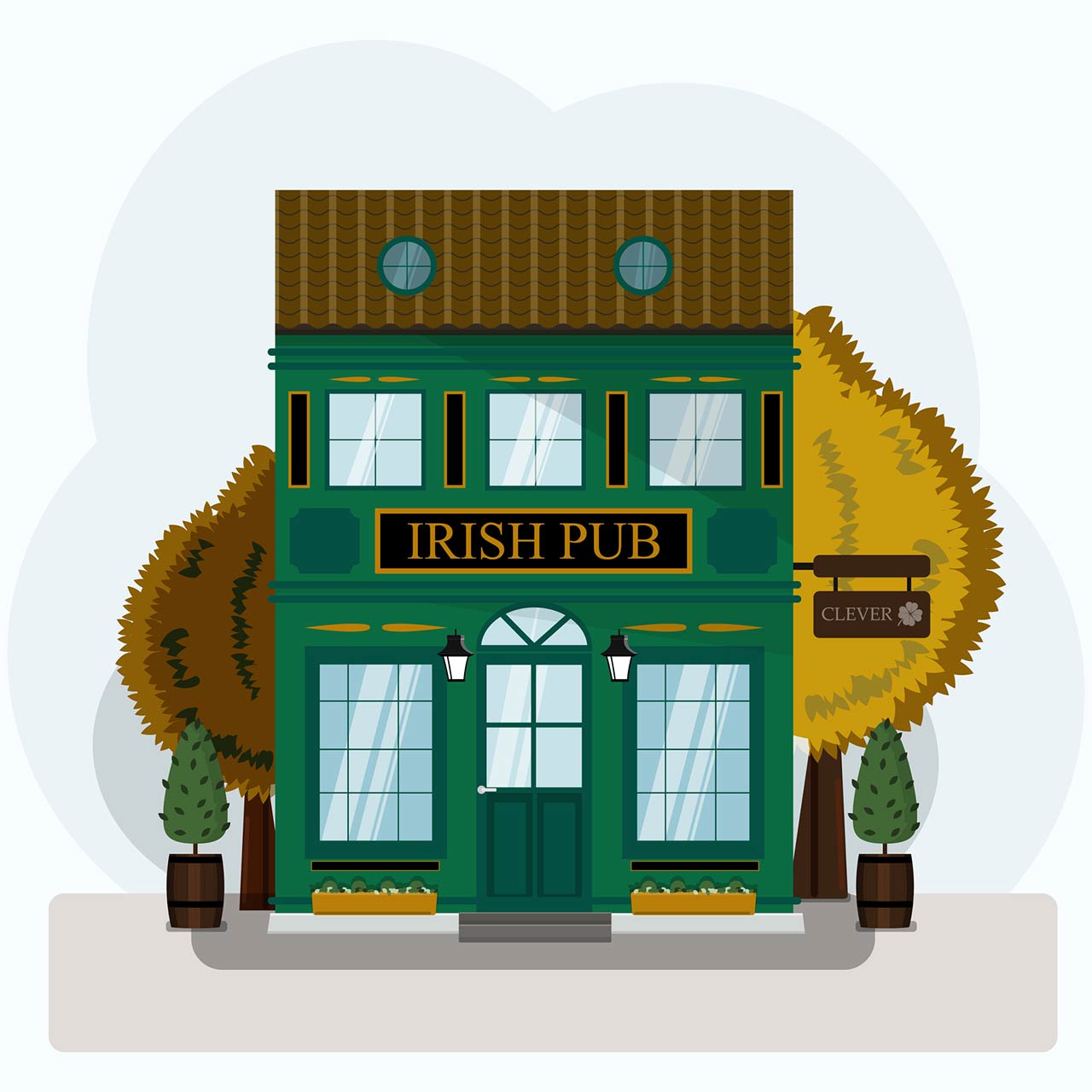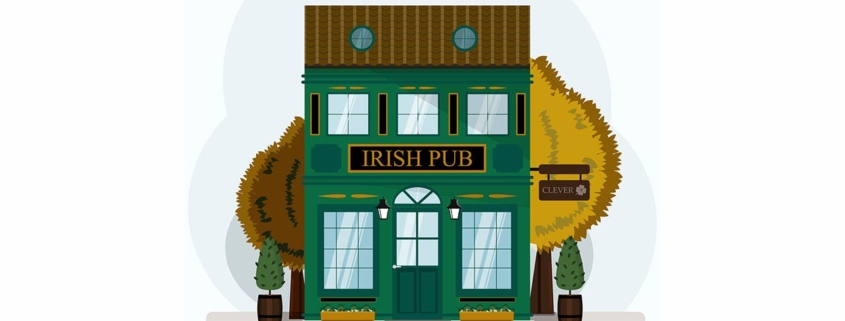Neighborhood News: A step back in time at River North’s Green Door Tavern

The 150-year old green edifice resembles the gateway to the Emerald City of Oz, but the Green Door Tavern, 678 N. Orleans Street, proudly proclaims on its website that “100 YEARS OF TROUBLE (THE GOOD KIND) have taken place here.
We believe it!
The Green Door Tavern started life in 1872, according to its website, following the Great Chicago Fire of 1871. James McCole, an engineer, built this two-story, balloon frame wooden structure with a detached cottage in the rear.
McCole rented the front of the building to Mr. Lawrence P. Ek, who ran it as a grocery store with living quarters in the rear cottage.
Following the fire, Chicago passed a fire code ordinance prohibiting construction of wooden commercial buildings in the Central Business District. The structure, according to the Chicago Bar Project.com, was the last wood frame building allowed this close to the Loop after the Chicago City Council passed an ordinance banning this type of construction. No information seems available on why it was allowed to stand, as structures of stone and steel were built around the location.
The building remained a grocery, apparently, until 1921, when new owner Vito Giacomo (also known as Giacomoni). He converted it to a dining establishment, called the Huron-Orleans Restaurant. His sons Jack and Nello ran it as a speakeasy during Prohibition.
Why is it named The Green Door?
Legend has it that if the door of a restaurant was painted green during Prohibition (1920-33), it indicated the presence of a speakeasy in that establishment.
Mob connections and Prohibition
You can’t talk about speakeasies without discussing Chicago’s notorious mob past. For the Green Door, according to a Thrillist article, that meant Al Capone rival Dean (Dion) O’Banion provided the alcohol to the Green Door, with the upstairs run as an Italian restaurant by Giacomoni as a front for the speakeasy downstairs. There’s still a massive bookshelf that can be moved to reveal a hole in the wall that was once used to sneak in bootlegged kegs.
Once Prohibition ended, the restaurant settled into its life as a restaurant/bar. But as families moved to the suburbs, the area became known as a “deserted and rough area of the city,“ according to Hudson Properties’ History of River North.
However, things began to change in the seventies. As The Hudson notes, “Attracted by low real estate prices and large spaces, artists and creatives began reclaiming the area. Old buildings were repurposed into galleries, studios, offices, apartments, shops, and restaurants. The name ‘River North’ was coined by Chicago real estate developer Albert Friedman to help revive the area and shed its reputation as a once abandoned district.”
The brothers remained owners till 1984, when George Parenti bought it in the burgeoning renewal of the area. Broadcasting legend Harry Caray was a frequent visitor, and one of his Budweiser commercials was even filmed here.
Today
The Green Door Tavern is one of the few places that maintains its original speakeasy and keeps it fairly authentic, with burlesque shows and a secret entrance. Many of the bar fixtures installed in the 20’s still exist in the present bar and restaurant. The tavern, according to Domu.com has changed very little through the years, is peppered with antique signs, posters, photographs, and other nostalgia. The soap box car hanging from the ceiling was once used in a race in which Illinois native and former United States President Ronald Reagan once participated.
They’re having a great New Year’s Eve party on Saturday, December 31, urging everyone to “leave your prohibitions at the door.” For more information, click here.
Alison Moran-Powers and Dean’s Team Chicago

